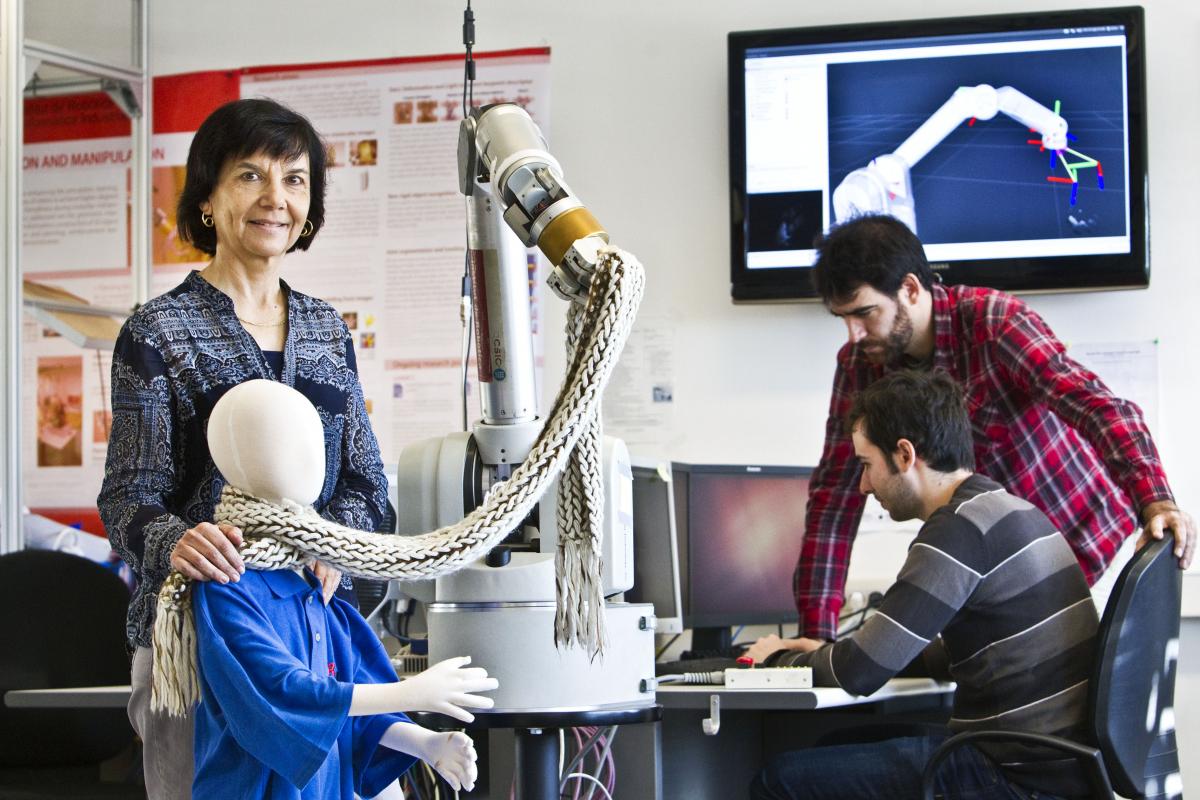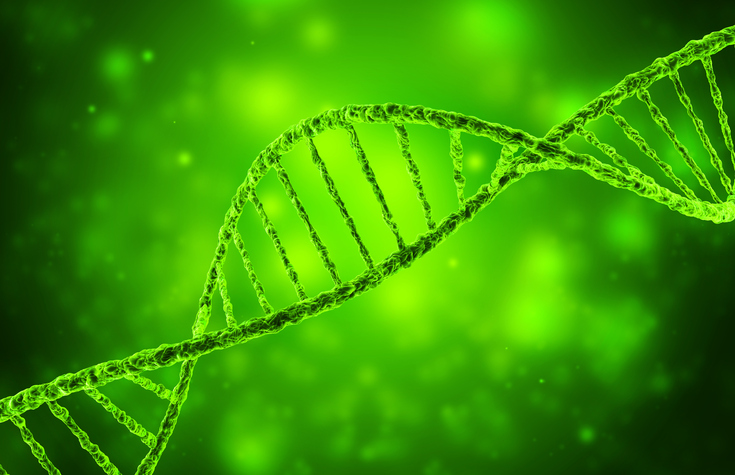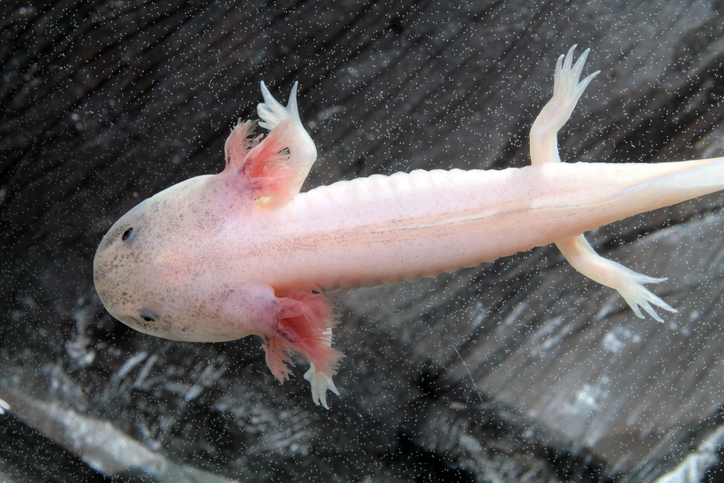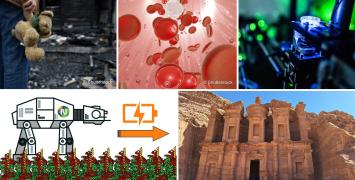
ENERGY-EFFICIENT COOLING WITH MAGNETOCALORIC EFFECT

© iStock
Twenty years of research in magnetocaloric materials have not resulted in a breakthrough leading to more efficient refrigeration, with a commercially viable technology that could satisfy the urgent global need. The Cool Innov project will attempt to achieve this step change by rethinking the whole concept of caloric cooling. Prof. Oliver Gutfleisch from Technische Universität Darmstadt will reconsider the conventional idea of squeezing the best out of magneto-structural phase-change materials in relatively low magnetic fields, introducing a second stimulus in the form of pressure. Prof. Gutfleisch's team aims to develop new magneto/mechanocaloric materials and start to fabricate novel heat-exchanger structures of complex geometry using 3D printing. The success of the project promises to be game-changing, possibly initiating a revolution in cooling technology with a huge positive impact on global energy consumption.
Project: Turning the concept of magnetocaloric cooling on its head – (Cool Innov)
Researcher: Oliver Gutfleisch
Host institution: Technische Universität Darmstadt, Germany
ERC funding: € 2.5 million for 5 years
TEACHING ROBOTS DEAL WITH CLOTH

© Pere Virgili
Textile objects pervade human environments and their versatile manipulation by robots would open up a whole range of possibilities, from increasing the autonomy of elderly and disabled people, housekeeping and hospital logistics, to novel automation in the clothing internet business and upholstered product manufacturing. However, cloth manipulation in the real world has proven elusive, because the vast number of degrees of freedom involved in non-rigid deformations leads to unbearable uncertainties in perception and action outcomes. Prof. Carme Torras from Institut de Robòtica i Informàtica Industrial, CSIC-UPC, aims to develop a theory of cloth manipulation, carrying it all the way down to prototype implementation in the lab for three applications: recognizing and folding clothes, putting an elastic cover on a mattress or a car seat, and helping elderly and disabled people to dress.
Project: CLOTH manIpulation Learning from Demonstrations (CLOTHILDE)
Researcher: Carme Torras
Host institution: Institut de Robòtica i Informàtica Industrial, CSIC-UPC, Spain
ERC funding: € 2.5 million for 5 years
DEVELOPING NEW DIAGNOSTIC TOOLS FOR THE EARTH'S CLIMATE

© iStock
The future climate of the Earth strongly depends on the capacity of the global ecological system to sequester atmospheric CO₂, and on the abundance of stratospheric sulphate aerosols.These aerosols form a layer that resides at about 16 km altitude that, contrary to CO₂, has a cooling effect on the climate. These two climate-regulating mechanisms are intricately linked to an atmospheric gas that makes up less than 1 part per billion of the Earth’s atmosphere, carbonyl sulphide (COS). Maarten Krol from Wageningen University aims to fundamentally improve our limited understanding of the COS atmospheric budget which would therefore signal a major step forward in our ability to diagnose CO₂ uptake and SSA formation. The project also combines innovative modelling and measurements that will eventually allow breakthroughs in the coupled COS and CO₂ budgets, and unlock the potential of COS as a new climate diagnostic.
Project: Carbonyl sulphide: new ways of observing the climate system (COS-OCS)
Researcher: Maarten Krol
Host institution: Wageningen University, Netherlands
ERC funding: € 2.46 million for 5 years
HOW NETWORKS HELP FIRMS SURVIVE CRISES

© iStock
There is mounting evidence that firms are becoming more fragmented. Production is less often made “in-house”. Firms buy inputs from abroad. Tasks are often split in parts. Some are offshored, others are subcontracted. Technical change, the internet, and globalization, all facilitate this transformation. Networks are useful to secure provision of fragmented tasks, but also could be useful when times get tough during crises. Francis Kramarz from the Center for Research in Economics and Statistics (CREST) will investigate how social and business networks help companies be resilient in the face of shocks. The research, both theoretical and empirical in France and Sweden, is set to provide insights about labor economics, international trade, econometrics and management.
Project: Firms and Their Networks (FIRMNET)
Host institution: Centre National de la Recherche Scientifique (CNRS) / Centre de Recherche en Economie et en Statistique, France
ERC funding: € 1.75 million for 5 years
SHEDDING LIGHT ON MOST COMMON PROCESSES OF DNA MANIPULATION

© iStock
Epigenetics, the study of the changes in organisms caused by modification of gene expression rather than alteration of the genetic code itself has taken centre stage in our understanding of gene regulation, cellular differentiation and human disease. The process of adding a methyl group to a DNA molecule (DNA metylation) is one of the most prevalent epigenetic modifications in mammals. Prof. Saulius Klimašauskas at Vilnius University aims to deepen our understanding of how the genomic methylation patterns are established and how they govern cell variability and ability to differentiate during development. Although DNA methylation has been extensively investigated, key mechanisms of these fascinating events remain obscure. Prof. Klimašauskas' research will give a comprehensive view of the roles that three known enzymes that are responsible for DNA methylation (DNA methyltransferases) play in mammalian development. Furthermore it will advance our understanding of human development and disease.
Project: Bridging the gap in our understanding of genomic methylation (EpiTrack)
Researcher: Saulius Klimasauskas
Host institution: Vilnius University, Lithuania
ERC funding: € 2.5 million for 5 years
HOW MAMMALS LOST REGENERTION CAPABILITIES

© iStock
Molecular studies of development in diverse animal models have revealed a remarkably conserved set of substances called morphogens. These substances control the growth and resulting patterns of organ development. During limb growth and regeneration of Mexican Salamanders called Axolotls, some key limb morphogens display different expression patterns, compared to other vertebrates. The research goal of Prof. Elly Tanaka from the Austrian Research Institute for Molecular Pathology is to improve our understanding of the limb development and regeneration of Axolotls. This would ultimately allow us to understand how mammals such as mice have lost regeneration capabilities over their evolutionary history.
Project: Understanding the Evolution of Regeneration-Permisive Gene Expression and Positional Memory in Axolotl Limb Regeneration (ReGeneMems)
Researcher: Elly Tanaka
Host institution: Research Institute for Molecular Pathology (IMP), Austria
ERC funding: € 2.32 million for 5 years





